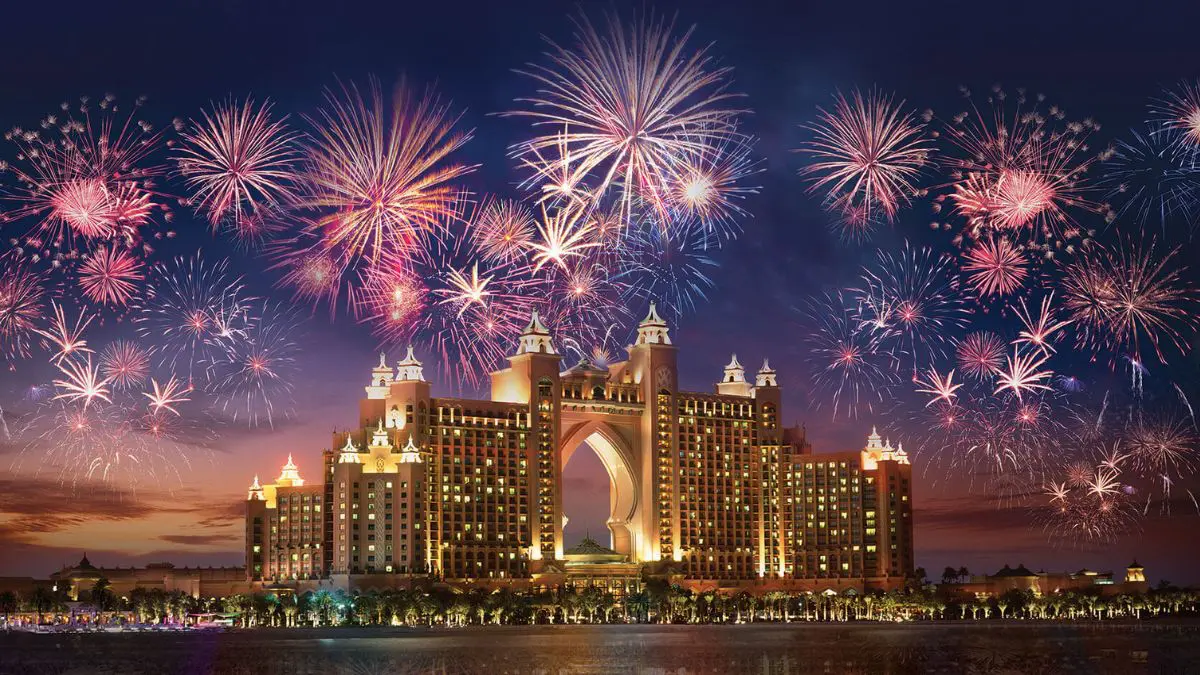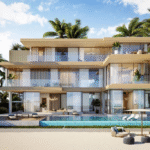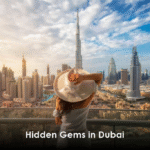Now Reading: Why The World Islands Dubai Are Back in Spotlight Now 2025
-
01
Why The World Islands Dubai Are Back in Spotlight Now 2025
Why The World Islands Dubai Are Back in Spotlight Now 2025

Table of Contents
When it comes to turning the impossible into reality, Dubai has always led the way. One of its most ambitious creations—The World Islands Project—has long fascinated people around the globe. Designed as a group of artificial islands resembling the world map, this project aimed to redefine luxury living and tourism. While it faced delays and doubts over the years, The World Islands are making a comeback, and interest in their potential is once again soaring.
What Is The World Islands Project?

Located just 4 kilometers off the coast of Dubai in the Persian Gulf, The World Islands is a collection of 300 man-made islands constructed using sand dredged from the sea. These islands form a rough shape of the world’s continents and countries when viewed from above.
- The project was launched in 2003 by Nakheel Properties, the developer behind iconic projects like Palm Jumeirah.
- The entire archipelago covers approximately 55 square kilometers.
- Each island ranges from 14,000 to 42,000 square meters, separated by 50–100 meters of water.
The islands are only accessible by boat, seaplane, or helicopter—adding to the feeling of exclusivity and remoteness.
The Dream Behind the Project
The original idea was for investors to buy individual islands representing countries or cities and develop them into private villas, boutique hotels, or luxury resorts. Some were marketed for themes—like “France” for romantic getaways or “Australia” for beachfront escapes.
The overall plan was not just a real estate investment, but a symbol of innovation and global connectivity. It was supposed to be Dubai’s way of bringing the world to its shores—literally.
Setbacks and Challenges
Despite the grand vision, the project ran into several roadblocks:
- The 2008 global financial crisis put a halt to many developments. Investor interest waned, and many planned projects were paused or canceled.
- By 2011, reports surfaced suggesting the islands were eroding or sinking, although Nakheel strongly denied these claims.
- Access and infrastructure posed additional challenges. Without easy transportation, logistics became costly and complicated.
- Out of 300 islands, only a handful were actually developed or under development as of the early 2020s.
For a time, The World Islands looked like they might become Dubai’s most expensive mistake.
Signs of a Comeback
In recent years, however, signs of revival have begun to appear.
One of the major turning points was the launch of The Heart of Europe, a set of themed islands within The World that aim to replicate the charm of European cities. Developed by Kleindienst Group, this sub-project includes islands representing Monaco, Sweden, Germany, and Venice, among others.
Key features of The Heart of Europe:
- Floating Seahorse Villas: Luxury floating homes with underwater bedrooms.
- Snow Plaza: An outdoor area that simulates snowfall in the desert.
- Coral restoration initiatives: Emphasizing sustainability and marine conservation.
The Heart of Europe’s success could be a sign that other islands may also see renewed interest.
Investment and Tourism Interest Growing
The UAE’s strong post-COVID economic recovery, relaxed visa rules, and focus on tourism have contributed to growing interest in The World Islands again. Several factors are driving this change:
- Increased tourism: Dubai is attracting over 17 million visitors a year and continues to be a top luxury destination.
- Foreign investment incentives: 100% ownership, long-term visas, and business-friendly regulations.
- Eco-luxury trends: Developers are now focused on sustainability, coral reef preservation, and green energy, making the islands more appealing to modern buyers.
In 2024, Nakheel also hinted at exploring new partnerships to activate more islands in line with Dubai’s 2040 Urban Master Plan.
What’s Next for The World Islands?
If momentum continues, The World Islands could become a new global destination for ultra-luxury tourism. Some of the expected developments include:
- Exclusive island resorts operated by global hotel brands.
- Private islands for billionaires and royalty.
- Experiential tourism, including underwater adventures, marine parks, and floating leisure centers.
While it’s unlikely that all 300 islands will be developed soon, even a partial activation could reshape Dubai’s coastline and reputation once again.
Public Reactions and Global Interest

Tourists and social media influencers are already posting pictures and videos from the new attractions at The Heart of Europe. The unique concept of underwater bedrooms, artificial snow, and secluded getaways is capturing imagination worldwide.
However, not everyone is on board. Environmentalists have raised concerns about:
- Marine habitat disruption
- Shoreline erosion
- Carbon footprint of construction and transportation
Still, developers insist that sustainable practices are being used, including coral farming, solar energy systems, and eco-friendly construction materials.
Conclusion: A World Reimagined
The World Islands Project is a story of ambition, struggle, and resilience. Though it faced setbacks, Dubai’s bold vision is showing new signs of life. Whether it becomes the ultimate success story or a cautionary tale depends on the next few years.
What’s clear is that Dubai isn’t done dreaming big, and The World Islands remain a symbol of what’s possible when imagination meets investment.
Read More:- Deyaar’s Latest Announcement Shakes Up the UAE Property Market






















